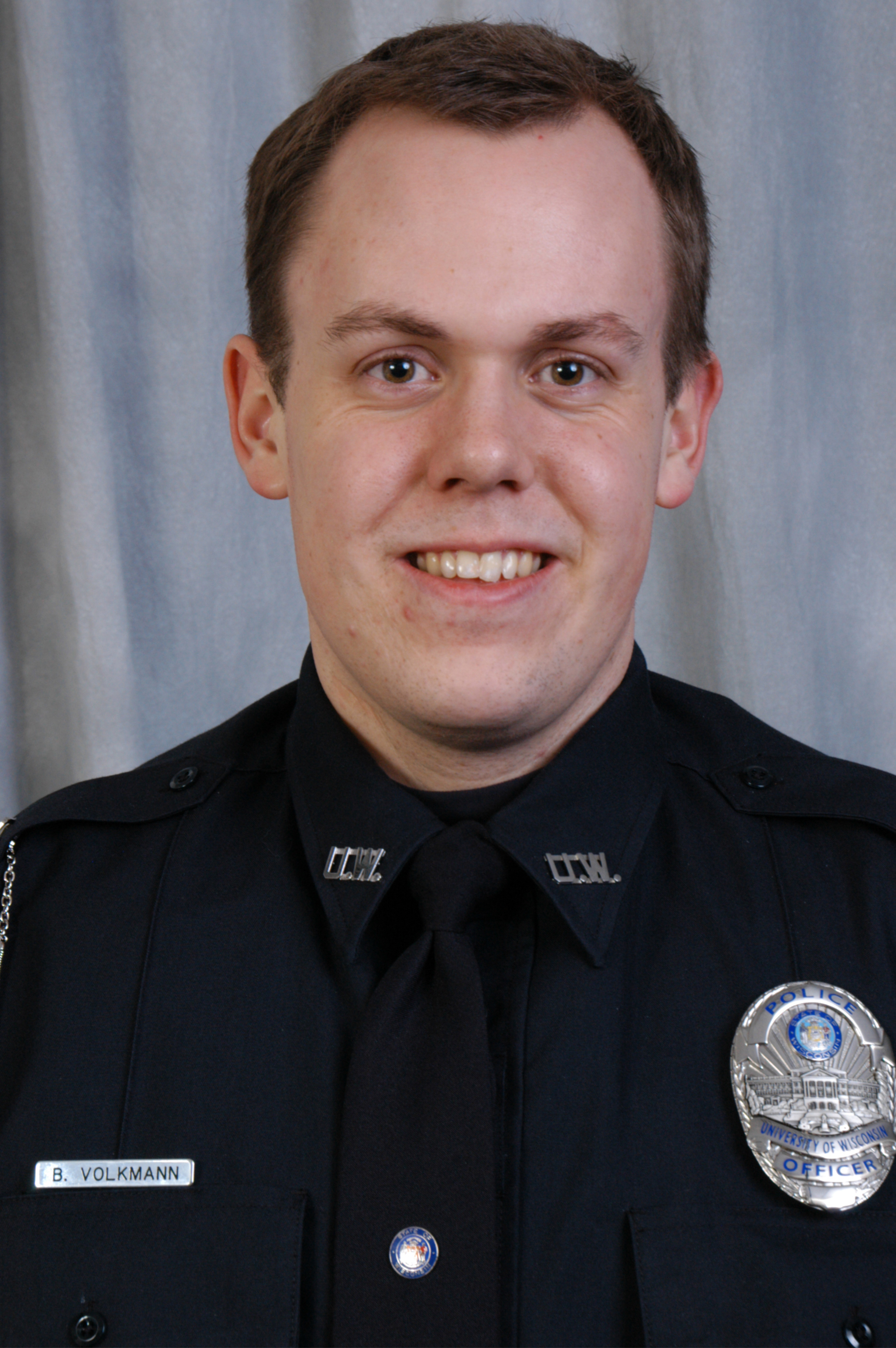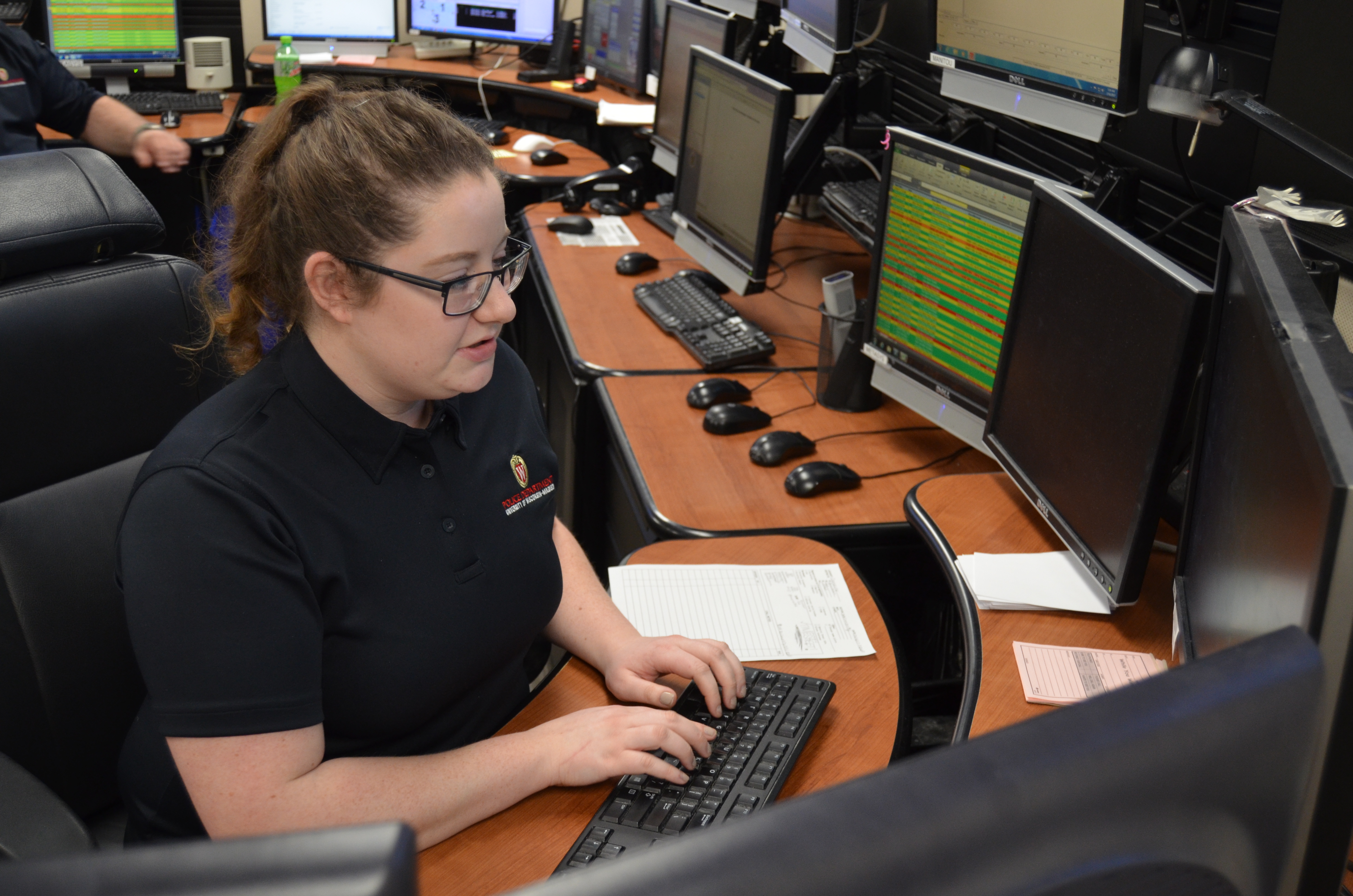
When I started working as a police officer at the UW-Madison Police Department in the fall of 2012, I had never heard of problem-based learning. You can probably take a guess at what the concept is just by the name, but you still may be wondering what this theory has to do with police training.
I had always thought that “Field Training” was the way new police officers learned the job — from the more senior officers at the department who were “field trainers”. What I quickly learned was that there is a lot more to the structure and methodology to police training, and there is more than one way that law enforcement agencies can structure how they train new employees.
As the eras of modern policing have changed throughout the decades, so too has the way progressive agencies like UWPD are thinking about training new officers to effectively meet the needs of the community. Since 2008, the UW-Madison Police Department has adopted the Police Training Officer program, or “PTO” method — shifting the standard of “do as I do” in traditional field training methods. The PTO model puts the responsibilities on the trainee from day one, eventually allowing for more adaptable thinking on how to handle certain situations. Ill-structured problems, failing forward, and community engagement are all key elements of the Police Training Officer program at the UW-Madison Police Department. In addition, UWPD has molded these concepts to not only train new police officers, but UWPD security officers and law enforcement dispatch staff as well.

Developed in 2001 out of the Police Society for Problem Based Learning, the PTO program looked to change the way law enforcement personnel are trained to meet the demands of 21st-century police agencies. The Community Policing era has been upon us for many years in the law enforcement world, but not all trainings and organizational philosophies have caught up with the times. Many police agencies across the county — and even in our area — pride themselves on being progressive and community orientated. Many departments, including UWPD, have specific units or officers assigned to community outreach or community policing specialties. While these positions have a great benefit to the communities they serve, not all police departments have taken a holistic approach to train their new employees as problem-based learners as the PTO program stresses.
As a five year veteran of UWPD, and now a Police Training Officer myself, I have seen first-hand how the PTO training model not only benefits the community but the individual officer as well. From day one I was in control of my training and responsible for handling whatever situation I was confronted with. This allowed me to take my personal experiences and training to a real-world setting, sometimes coming up with innovative results that may have been limited by replicating how the previous generation officers would have shown me “how it’s done.”
Within the PTO model, the training officer sits beside each new trainee and is tasked with observing, guiding, and ensuring that their actions are in line with department policy and legal authority. The big difference here is that new officers are encouraged (in almost all situations) to apply how they think to best handle a situation — not just sit back and watch how it’s done, perpetuating the cycle of “do as I do.” By the same token, pre-employment police training standards continue to adapt with the changing times and officers in the state of Wisconsin are receiving more academy training now than ever before prior to beginning work in the field. I believe the PTO model complements these changes and gives credit to the education, training, and previous experiences new employees bring.
 Another unfamiliar, but predictable term that I quickly learned back in 2012 at the start of my training was “failing forward.” This may seem silly, but by being allowed to “fail forward” from day one, officers are better able to learn from their mistakes and correct them at a much faster rate. For me personally, this was one of the most frustrating experiences of my life. It is not easy to try and do the right thing on the first go-around, or even five years in. However, when I pushed through and worked to see the big picture of what this experience was teaching me, I was able to pass training and begin a successful career. I was able to be on solo patrol with a more in-depth and first-hand knowledge of how to solve problems independently — but not alone. I was able to go beyond responding to the call and quickly move on to the next one. The PTO model places an emphasis completing the traditional, more immediate, needs of public safety officials while encouraging an additional step to follow up when time allows and look towards solving the root cause of why we were called there in the first place. While this type of thinking can’t be applied to every situation, we as public safety officials, should not be limited in thinking of new ways to address old problems. As well, when new problems arise, law enforcement agencies should have employees that are able to work with the community and find answers that result in a safe a secure environment for all.
Another unfamiliar, but predictable term that I quickly learned back in 2012 at the start of my training was “failing forward.” This may seem silly, but by being allowed to “fail forward” from day one, officers are better able to learn from their mistakes and correct them at a much faster rate. For me personally, this was one of the most frustrating experiences of my life. It is not easy to try and do the right thing on the first go-around, or even five years in. However, when I pushed through and worked to see the big picture of what this experience was teaching me, I was able to pass training and begin a successful career. I was able to be on solo patrol with a more in-depth and first-hand knowledge of how to solve problems independently — but not alone. I was able to go beyond responding to the call and quickly move on to the next one. The PTO model places an emphasis completing the traditional, more immediate, needs of public safety officials while encouraging an additional step to follow up when time allows and look towards solving the root cause of why we were called there in the first place. While this type of thinking can’t be applied to every situation, we as public safety officials, should not be limited in thinking of new ways to address old problems. As well, when new problems arise, law enforcement agencies should have employees that are able to work with the community and find answers that result in a safe a secure environment for all.
No one police officer has all the answers. However, by having the personal and professional skills that are taught in the PTO program to think critically and pull together community resources, every police officer, security officer, and dispatcher at the UW-Madison Police Department will be equipped with the skills needed to find the answers and address what challenges lie ahead throughout their evolving career.
If you would like to learn more about the Police Training Officer program, visit the Police Society for Problem Based Learning website.
